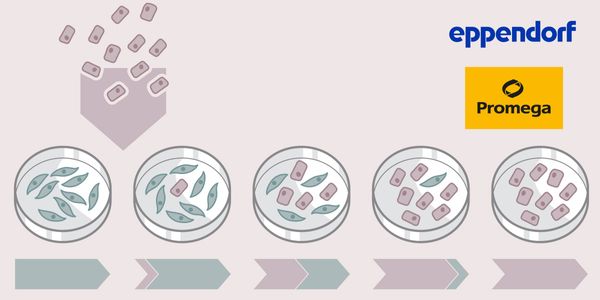SEP 22, 2021 | 7:30 AM
Date: September 16, 2021 Time: 8:00am (PDT), 11:00am (EDT) Rapid screening and speed of scale-up in protein therapeutics are critical factors in today’s biotech and pharma workflows. T...
SEP 16, 2021 | 8:00 AM
Date: September 16, 2021 Time: 8:00am (PDT), 11:00am (EDT) Rapid screening and speed of scale-up in protein therapeutics are critical factors in today’s biotech and pharma workflows. T...
SEP 14, 2021 | 7:00 AM
Date: September 14, 2021 Time: 7am PDT, 10am EDT, 4pm CEST A conventional thermal cycler has long been a commodity product in the lab and end-point PCR techniques can be completed almost wit...
Flaviviruses are pathogens of global public health concern. They include dengue virus (DENV), West Nile virus (WNV), and zika virus (ZIKV). There are no approved US Food and Drug Administrat...
JUN 09, 2021 | 7:00 AM
Date: June 9, 2021 Time: 09 June 2021, 7am PDT, 10am EDT, 4pm CEST cells with dramatic implications on the validity of past cell culture related research. The fact that at least 509 cell lin...
MAY 25, 2021 | 8:00 AM
Date: May 25, 2021 Time: 8:00am (PDT) Reliable expression of recombinant proteins in human, CHO, or insect cells is essential for many aspects of biomedical research and drug development, bu...
MAY 11, 2021 | 10:00 AM
Date: May 11, 2021 Time: 10:00zm PDT Your samples are some of the most valuable assets in the laboratory. After spending countless hours on extraction and preparation, your conclusions could...
Interest in cell and gene therapy-based disease prevention and treatment has increased rapidly over the last few decades, however there are still many hurdles to overcome and further progres...




















